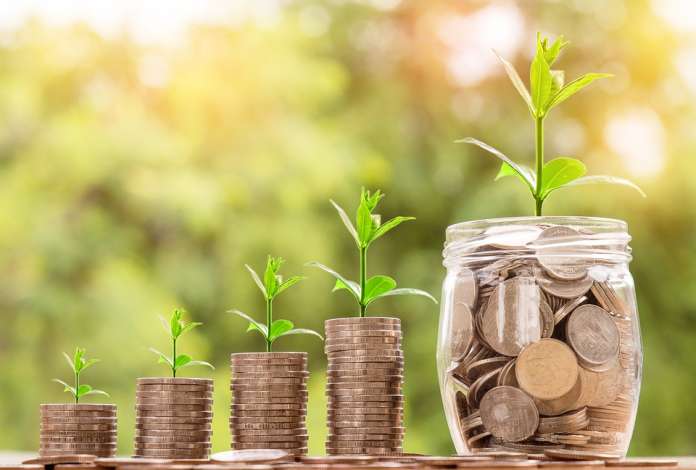Hungary aims to achieve a target of consuming no more than 3-4 billion cubic metres (bcm) of gas per year by 2050 (compared to the current yearly 11.5 billion cubic meters) and to significantly reduce its exposure to foreign gas by 2050 through non-fossil energy production in the country thereby considerably strengthening its energy independence.
Hungary has a strong starting point with considerable low carbon generation thanks to the remarkable growth of solar photovoltaic (PV) in the past decade and the lifetime extension of its nuclear reactors up to the mid-2030s. As reported by the International Energy Agency (IEA), since 2017 Hungary has increased its climate ambitions: in 2020, it became one of the first countries in Central Europe to put a carbon neutrality goal for 2050 into law and presented a long-term National Clean Development Strategy the following year. Furthermore, the country is aiming for 90 per cent of its electricity generation to come from low-carbon sources by 2030, which calls for a more diverse renewable energy portfolio and greater power system flexibility for the integration of those high shares of renewable sources.
During an online workshop on the financing of the energy transition, co-organised by the British Embassy in Budapest, Cambridge Econometrics and the Hungarian Economic Association, Ede Borbély, Head of Renewables and Energy Efficiency at MOL Group presented what the market perspectives look like in green power generation from the businesses’ point of view in the CEE region. According to Mr Borbély, the greenest energy is the energy that we are not consuming, hence it is key to focus on energy efficiency investments. MOL, for example, has been putting an increasing emphasis on such efforts lately: by 2050, the company has identified several enablers that will play a significant role in its decarbonisation pathway additional investments in energy efficiency will help decarbonise its operations.
In her keynote speech, Simone Cooper-Searle, Head of Hydrogen Strategy at the Department for Business, Energy and Industrial Strategy (BEIS) presented why and how the United Kingdom sees a really important and significant role of hydrogen in its net-zero strategy. The UK’s ambition is to have 10 gigawatts (GW) of low-carbon hydrogen production capacity installed by 2030, with half of it coming from electrolytic hydrogen (green hydrogen). Hydrogen has a significant role to play in the UK economy, by covering 20-35 per cent of final energy consumption by 2050. The first production projects will be supported by a combination of revenue support (Contract-for-Differences style) and CAPEX co-funding and they expect 2 GW of production to be in construction or operation already by 2025. As with the coal phase-out, the lessons to learn from the UK are many.
Speakers of the panel discussion, moderated by CEENERGYNEWS’ editor-in-chief Claudia Patricolo, were Attila Aszódi, Full Professor of the Department of Nuclear Energy at the Budapest University of Technology and Economics; Edward Jones, Senior Policy Manager at Energy UK; Anita Simon, Deputy CEO for Sustainability and Circular Economy at Alteo Group; and László Szabó, CEO of the Regional Centre for Energy Policy Research (REKK).
According to them, in Hungary, renewables roll-out has been almost exclusively focusing on solar PV lately; money and time will be the decisive factors for further improvements in renewables and diversification of energy sources will also be key.
Nuclear is also key to decarbonisation, as renewables only cannot help us to meet the climate targets and to become net-zero. Indeed, earlier in August, the Hungarian Atomic Energy Authority (OAH) issued the licence for the construction of two power units with Generation III+VVER-1200 reactors at the Paks II nuclear power plant site.
However, it was also emphasised that technicalities can effectively limit the potential for renewables expansion: without improving the necessary control systems, significant grid developments and large-scale storage development, increasing deployment of renewables will not be possible. A long-term vision is essential: as pointed out during the panel, we have been in a very comfortable situation in which energy was cheap, wow we need to understand that this time is over.
Demand-side policies will also play an important role: the examples of Spain and Portugal show, for example, that renewables producers are not asking for subsidies, yet they pay to have the access to the grid.
Security of supply is one of the key considerations in the field of renewables and businesses will be looking for cost-efficient manners of power generation which can be further incentivised with policy. From a business perspective, the stability of policies and regulations and a consistent tax system are also crucial.
As for the financing side, what governments should do is keep the country’s risk at the lowest level possible. This can be done by announcing changes in advance and keeping promises. PPAs (power purchase agreements) should also play a central role in further developing the market and in boosting investments. Mr Jones presented the example of the United Kingdom where CdFs are playing an important role.
Decarbonising district heating systems and improving geothermal capacity present important opportunities in Hungary. Also, small modular reactors should be considered which can be implemented faster than large-scale plants.
Overall, commitment is needed so that all key stakeholders (government, industry, consumers) understand the need and relevance to take on an active role in the energy transition; cooperation is required from the different actors to work together towards the shared goals; cost-efficiency will be key to put the business case behind the targeted aims; and lastly, a combination of all these things it is needed as there is no one single solution that is valid for everybody in addressing the clean energy transition.



